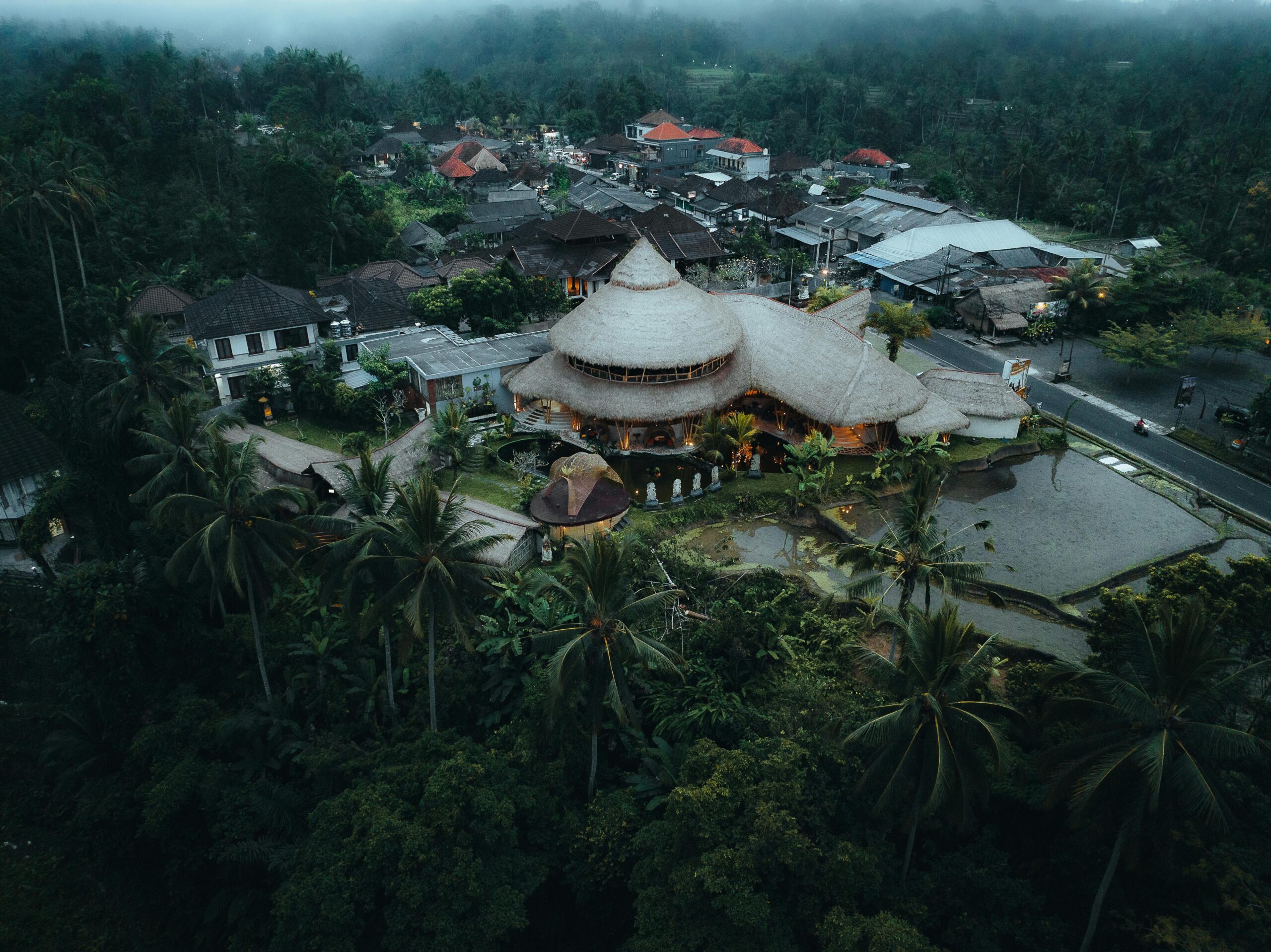Discovering the Paradise of the Phi Phi Islands
Nestled in the crystalline waters of Thailand’s Andaman Sea, the Phi Phi Islands are a tropical archipelago renowned for their dramatic limestone cliffs, turquoise bays, and vibrant marine life. Comprising six islands, with Phi Phi Don and Phi Phi Leh as the most famous, this destination has captivated travelers since its rise to global fame after featuring in the movie The Beach. Beyond postcard-perfect vistas, the islands harbor a delicate ecosystem and a rich cultural history shaped by centuries of maritime trade, fishing communities, and modern tourism. This article delves into the geological wonders, cultural heritage, environmental challenges, and sustainable travel practices that define the Phi Phi Islands, offering a deeper understanding of why this paradise remains both alluring and fragile.
A Geological Masterpiece
The Phi Phi Islands are the product of ancient coral reefs and tectonic shifts, sculpted over millennia into jagged karst formations. The islands’ iconic cliffs, such as those surrounding Maya Bay on Phi Phi Leh, are composed of porous limestone eroded by wind and water, creating hidden lagoons and caves. Underwater, the archipelago sits atop a submerged mountain range, fostering diverse marine habitats. Coral reefs here teem with species like clownfish, blacktip reef sharks, and sea turtles, while the shallow bays act as nurseries for marine life. However, the islands’ fragile geology also makes them susceptible to erosion and rising sea levels, underscoring the need for conservation.
Cultural Crossroads of the Andaman
Long before tourism, the Phi Phi Islands were a hub for seafaring communities. Indigenous Chao Leh (Sea Gypsies) navigated these waters, relying on fishing and trade. Later, the islands became a stopover for Arab, Chinese, and European merchants. Remnants of this history survive in local traditions, such as boat-building techniques and folklore. Today, Phi Phi Don’s villages blend Thai-Muslim influences with backpacker culture, offering night markets, massage parlors, and beachfront bars. Yet, the 2004 tsunami devastated the islands, reshaping both infrastructure and community resilience—a testament to their enduring spirit.
Adventure and Ecotourism
The Phi Phi Islands cater to thrill-seekers and nature lovers alike. Key activities include:
- Snorkeling and diving at sites like Shark Point and Bamboo Island, where reefs burst with color.
- Kayaking through Viking Cave, adorned with prehistoric paintings and home to swiftlet nests.
- Hiking to Phi Phi Don’s Viewpoint for panoramic sunrise vistas.
However, mass tourism has strained resources, prompting initiatives like coral restoration projects and limits on daily visitors to Maya Bay. Travelers are encouraged to choose eco-friendly tours and respect marine protected areas.
Balancing Beauty and Survival
The Phi Phi Islands face a paradox: their beauty fuels their economy but threatens their survival. Overdevelopment, plastic pollution, and coral bleaching have sparked urgent conservation efforts. National park authorities now enforce strict regulations, including bans on single-use plastics and motorized water sports near reefs. Meanwhile, NGOs work with locals to promote sustainable fishing and waste management. For visitors, the lesson is clear: paradise requires responsibility. By supporting ethical practices—such as reef-safe sunscreen and eco-certified accommodations—travelers can help preserve this fragile ecosystem.
Conclusion: A Call to Protect Paradise
The Phi Phi Islands embody both the allure of untouched nature and the consequences of unchecked tourism. From their geological splendor to their cultural resilience, these islands remind us of humanity’s profound connection to the environment. While challenges like climate change and overcrowding loom, proactive measures—from community-led conservation to traveler awareness—offer hope. Whether snorkeling in azure waters or exploring hidden caves, visitors carry a responsibility to tread lightly. By embracing sustainability, we ensure that the Phi Phi Islands remain not just a destination, but a legacy for generations to come.
